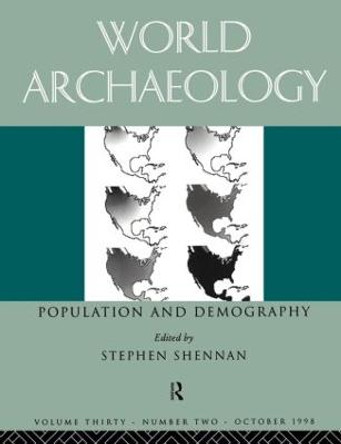Demography in Archaeology, first published in 2006, is a review of current theory and method in the reconstruction of populations from archaeological data. Starting with a summary of demographic concepts and methods, the book examines historical and ethnographic sources of demographic evidence before addressing the methods by which reliable demographic estimates can be made from skeletal remains, settlement evidence and modern and ancient biomolecules. Recent debates in palaeodemography are evaluated, new statistical methods for palaeodemographic reconstruction are explained, and the notion that past demographic structures and processes were substantially different from those pertaining today is critiqued. The book covers a wide span of evidence, from the evolutionary background of human demography to the influence of natural and human-induced catastrophes on population growth and survival. This is essential reading for any archaeologist or anthropologist with an interest in relating the results of field and laboratory studies to broader questions of population structure and dynamics.
This book explains how a diverse range of archaeological evidence can provide insights into past human populations.Reviews'...I think that this is an excellent review of where we have been and where we have got to in the consideration of archaeological demography.' Antiquity
'... this reference [is valuable] as a broadly based, comprehensive overview of a difficult area of study that outlines major topics in a relevant broader context and stimulates interest in finding out more about specific details.' Journal of Biosocial Science
Book InformationISBN 9780521596510
Author Andrew T. ChamberlainFormat Paperback
Page Count 256
Imprint Cambridge University PressPublisher Cambridge University Press
Weight(grams) 410g
Dimensions(mm) 241mm * 170mm * 15mm







